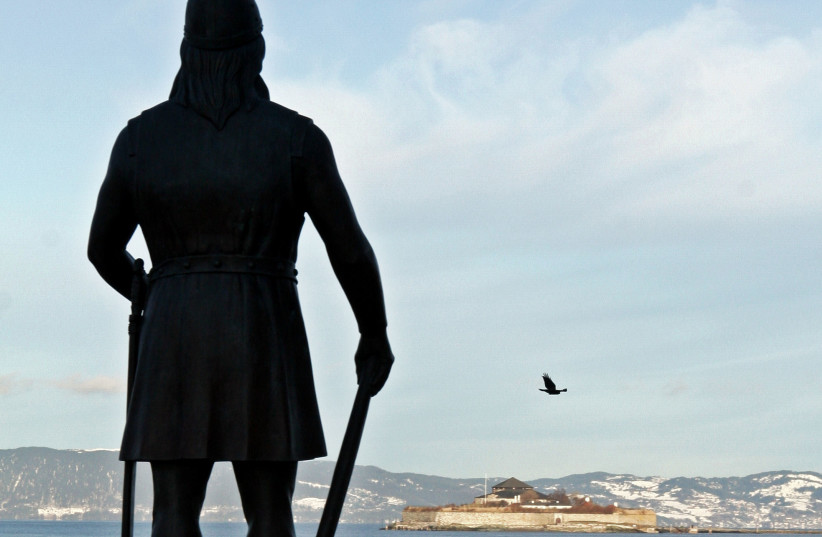Two metal detector enthusiasts discovered a unique kind of Viking sword in Stavanger, Norway, the University of Stavanger announced on its website last month.
The metal detector enthusiasts were in the Jåttå/Gausel area in Stavanger when they discovered the artifact. according to the university, this area is known for the grave of the "Gausel queen," believed to be one of the wealthiest women's graves from the Viking Age.
The university added: “The sword would have one of the most spectacularly ornamented and heaviest types of swords from the Viking Age.”
Although the sword is missing its blade, the hilt is gilded with gold and silver and decorated with animal heads.
“The technique is of a very high quality, and both the lavish and complicated decor and the special formation of the crossguard make this a truly unique find,” said archaeologist Zanette Glørstad from the Museum of Archaeology at the University of Stavanger.

“It is very exciting to work on a find like this. It is challenging work, but we uncover new details daily.”
Cora Oschmann, conservator, Museum of Archaeology, University of Stavanger
Only 20 swords like this have been found in the country out of some 3,000 Viking swords, the university said.
The sword is now in the possession of the museum.
The exciting and important find that is the sword
“It is very exciting to work on a find like this. It is challenging work, but we uncover new details daily,” said conservator Cora Oschmann, according to the university.
The university noted that the sword was most likely imported.
“The décor suggests that the sword was made in France or England and that it can be dated to the early 800s, like the sword found on the island Eigg”, said Glørstad.
